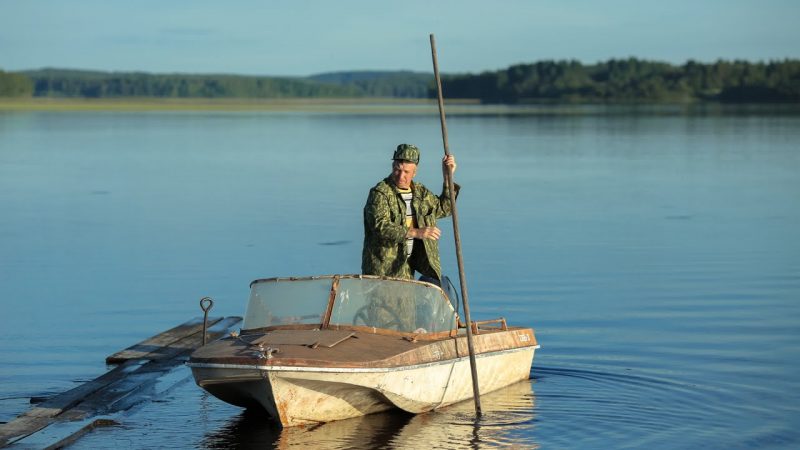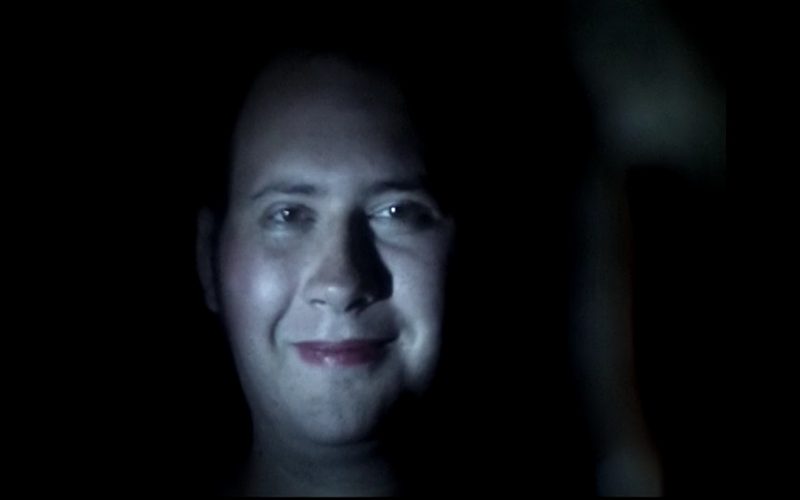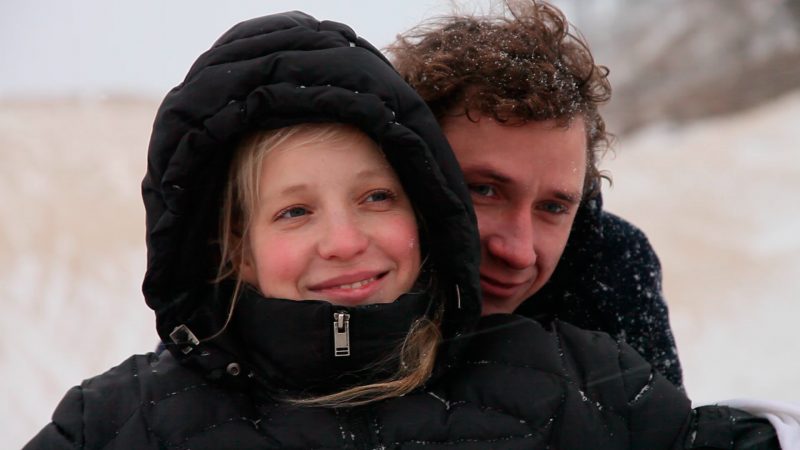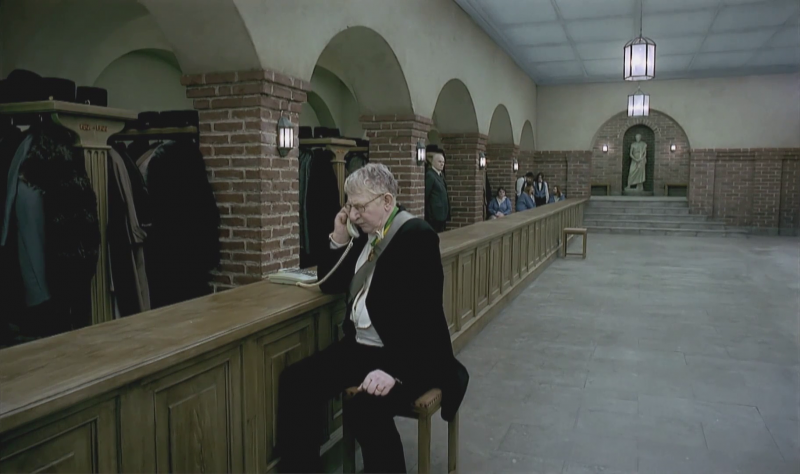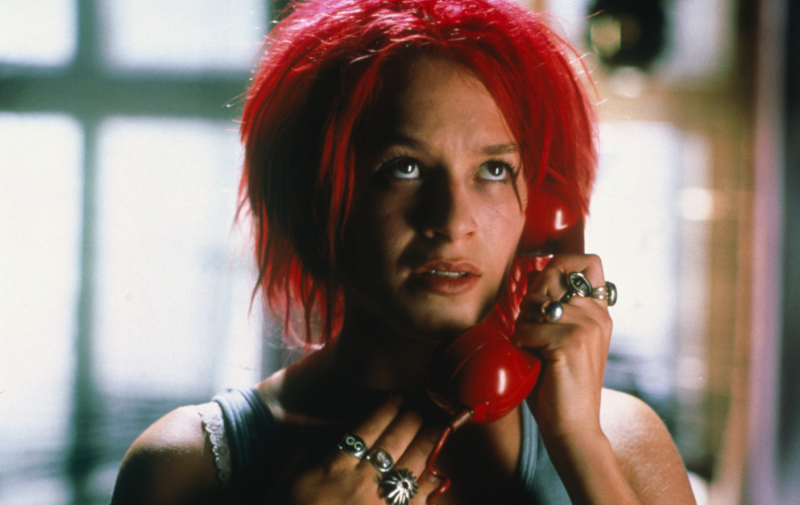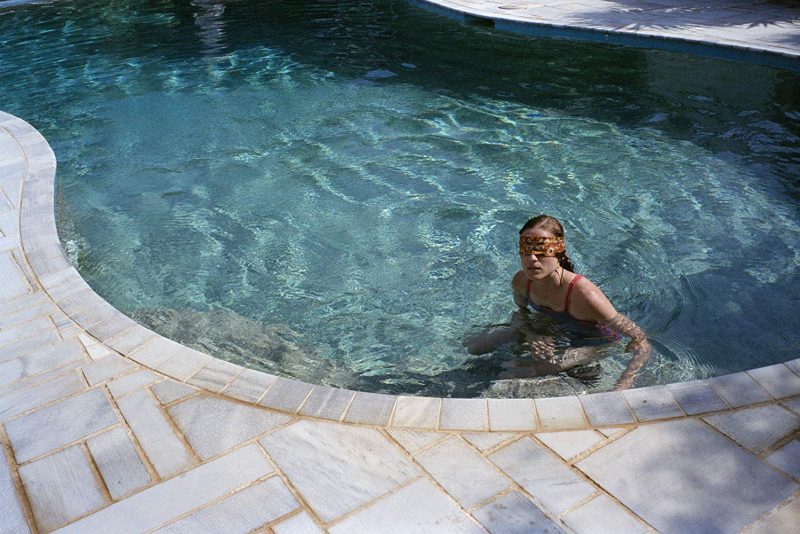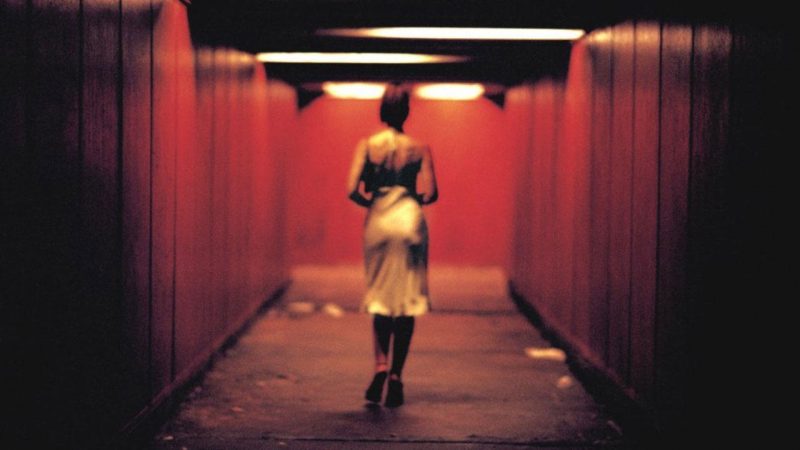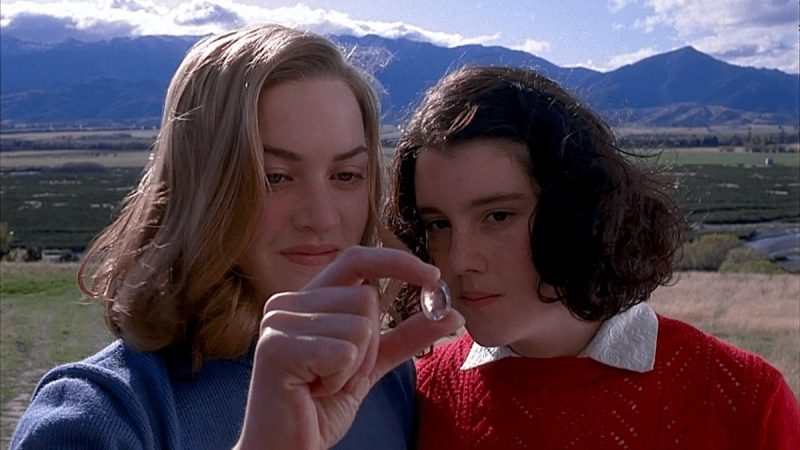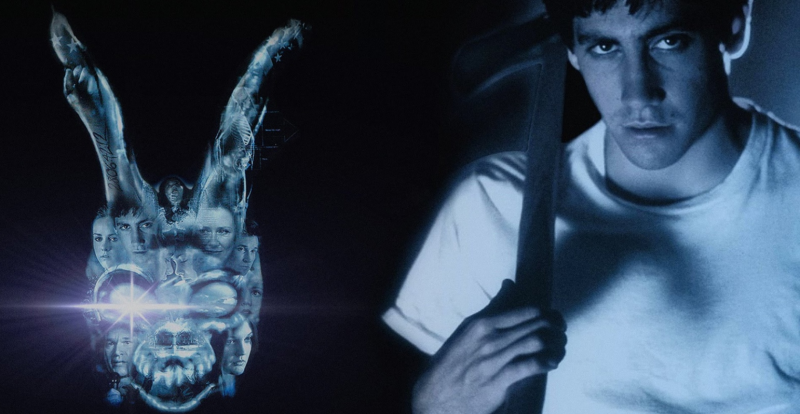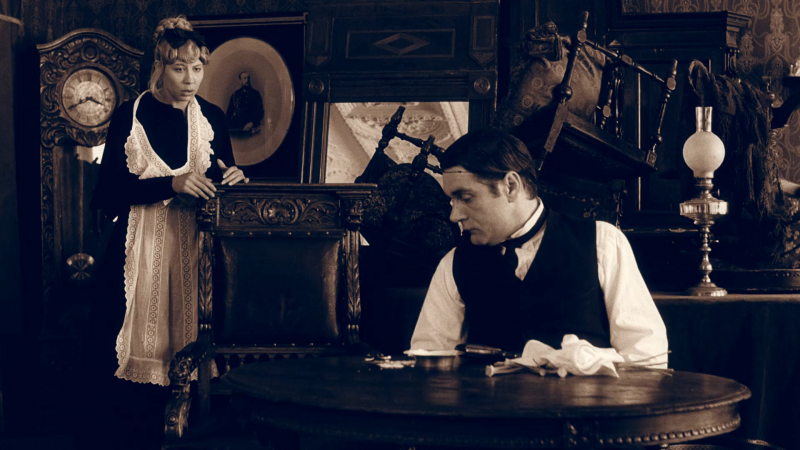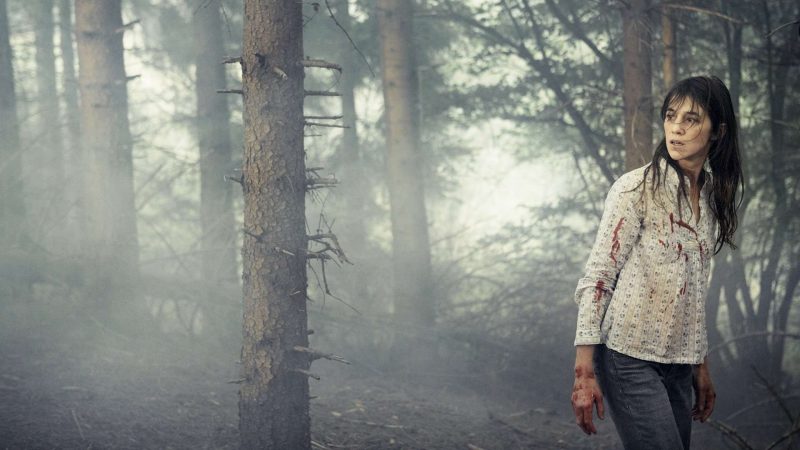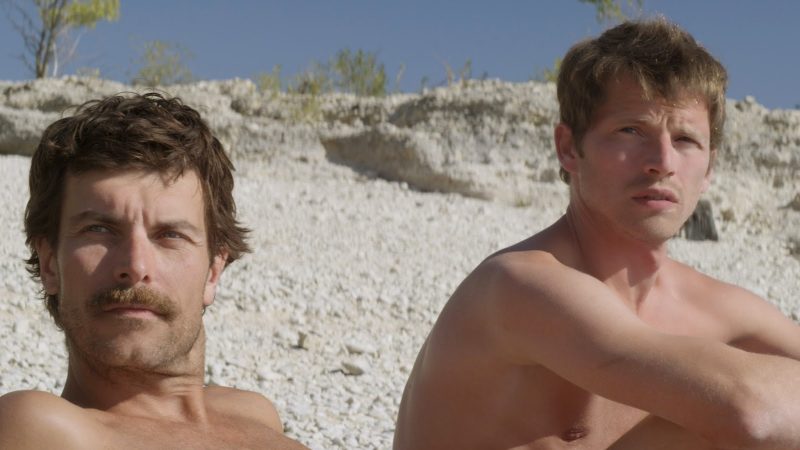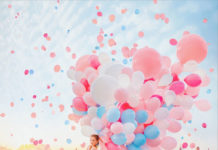Arthouse can be called experimental or author's cinema. One way or another, this category includes films that are not amenable to strict genre definition, where the creators use non-standard techniques. They are designed for a sophisticated and erudite viewer who is ready not only to watch, but also to reflect. Some of the most interesting arthouse films reviewed in this review.
Material Content:
List of the best Russian art house films
The modern Russian arthouse causes fierce debate, but many say that without it in Russia today there would have been nothing to watch. Unfortunately, most of the mass cinema sins with gloss, deep secondary and has little to offer the “watched” viewer. But in the niche of experimental cinema, our directors often give odds to the most famous Western masters.
"The White Nights of the Postman Alexei Tryapitsyn" (2014).
The film "natural product", shot by Andrei Konchalovsky without scenery and almost without professional actors. Perhaps this is the brightest arthouse picture of recent times, in which Russian people are not moral monsters and degenerates, but just people.The director offers the viewer to abandon value judgments, and dive into the contemplation of real Russian life, as newborn children do.
The Top (2009).
The picture, which was first shown to the mass audience by Alexander Gordon in the “Closed Screening”, and literally on the same evening, Russian social networks exploded with a variety of emotions. Unlike Konchalovsky, the Ural director and playwright Vasily Sigarev explores the dark side of our being. He ruthlessly hits the viewer on the nerves, on the patient himself - on childhood. This gave many reason to call the “Top” Chernukha. But no, Sigarev does not play with the audience, does not play a punch. Each frame of the film screams with his personal pain.
“Dust” (2005).
The film by Sergey Loban about a "little" man, a jerk who was given in experiment order what he wants most, and then taken away. Fiction with an interesting visual sequence against the backdrop of “Khrushchev”, puddles and city gateways, sometimes psychedelic, sometimes funny, but always sad. In one of the main roles - the legendary Peter Mamonov.
Dialogues (2013).
The subtle, watercolor storytelling of director Irina Volkova, composed of five different stories revealed through dialogues. However, these dialogues are rather one big monologue, an attempt to overcome their separation from the world, to establish communication with it. By style, this tape can be called a "female arthouse."
Many Russian arthouse films are worthy of attention. You can include paintings such as “Mermaid”, “Live”, “Depicting a victim”, “Oxygen”, “Metamorphosis”, “Heavenly wives of meadow mari”, “Koktebel” and further, to the basics - to Konstantin Lopushansky, Alexei German Jr., Andrei Tarkovsky.
Intellectual cinema of European cinema
An intelligent European audience loves art house films, as evidenced by the number of authored film festivals organized. And Western directors have something to offer their viewers.
“New Life” (France, 2002).
The action takes place in Bulgaria, and the plot of the picture is simple and banal: the guy gets acquainted with a prostitute, suddenly falls in love, and then looks for her inside the local criminal circles. Director Philippe Granriye manages to tell this story almost without words, with the help of purely cinematic tools - actor expression, plastic, light inversion, camera work. The output is magic and genuine art.
“You Living” (Sweden, 2007).
This picture is the second in a trilogy created by Roy Andersson. The first was “Songs from the second floor,” and the final “Pigeon sat on a branch, reflecting on being.” They are interconnected not by plots, but by semantic messages and artistic language. Roy Andersson is a unique one of a kind, creating without a script. His works are somewhat similar to automatic writing - surreal and absurd, full of allusions and metaphors.
“Run, Lola, Run” (Germany, 1998).
Energetic modernism, including elements of criminal, social and philosophical drama, temporary relativism. The film was shot by Tom Tykver in the style of a computer game, where the heroine returns to the same point again and again until she finds the right solution. A weighty list of 25 international awards makes the picture a must-see for art-house lovers.
The best films in the arthouse genre made in Europe are always distinguished by an innovative approach and a high degree of frankness with the viewer. Among such examples of author’s cinema are films Thelma Joachim Trier, "Square" Ruben Estlund, “About body and soul” Ildiko Enedi, "Shelter" Francois Ozone and many others.
Movies with a dramatic ending
Dramatic finals in arthouse films happen quite often, including, and in some of the above films. Additionally, you can recommend such paintings.
The Fang (Greece, 2009).
Horror arthouse directed by Georgos Lantimos. Strong, but closed, cut off from the outside world family. Adult children who have never gone beyond the fence in their lives. But there are only two random video tapes - and a cozy little world, into which the vices and horrors of the outside world are not consciously allowed in, collapses overnight.
Irreversibility (France, 2002).
The shocking tape of Gaspard Noé, during the premiere of which in Cannes, people fainted. Naturalistic violence, nervous camera work, reverse chronology, the use of low-frequency sounds, the ingenious Vincent Cassel and Monica Bellucci in the complete absence of censorship.
“Heavenly Creatures” (New Zealand, Germany, 1994).
The debut roles of Melanie Linsky and Kate Winslett in the Peter Jackson film about the problems of growing up, loneliness, sexual maturation, affection and love of two girls. They create their own imaginary reality, where they leave from philistinism and pragmatism of the real world. The lyrical narrative ends with a murder, the victim of which is the mother of one of the heroines.
Donnie Darko (USA, 2001).
The film by Richard Kelly without a clear plot design, leaving a lot of puzzles and questions. Disputes about genre affiliation (science fiction or a thriller about personality disorder?) Lead to nothing. The main character is inside the “tangential universe” and must either become a victim in the name of saving the world, or everything will end.
In fact, drama is the driving force behind arthouse cinema, its flesh and blood. It can be found even in the most calm and measured plot.
Funny arthouse movie almanac
Arthouse is often called "cinema is not for everyone." This definition flatters fans of author's cinema, but scares away potential viewers. It seems to many that the arthouse is something bizarre and boring. However, films in this category may well be fun.
Of course, the concept of “fun” in the arthouse and in the mainstream comedies is different. In author's cinema, it runs along the very edge between laughter and tears, and is always accompanied by a sense of existence.
An example of such a movie can be the Russian film-almanac "Stories" directed by Mikhail Segal. The picture consists of four short stories, united through - the manuscript of a novice writer. The genres and plots of short stories are different, and allow you to think not only about the social, cultural and ethical problems of society, but also laugh at them.
An even more striking example is the serial almanac of Irina Vilkova “On the chest bar”consisting of seven short stories.
Author's movie about sex
Erotica in one form or another is present in almost all arthouse paintings. But there are films that make human sexuality a central theme.
“About freaks and people” (Alexey Balabanov, Russia, 1998).
The action takes place in St. Petersburg at the beginning of the 20th century around an underground pornographic studio of sadomasochistic orientation. In the center of the story is a quiet girl Lisa, who goes from purity to complete corruption.
The Antichrist (Lars von Trier, Germany, Denmark, France, 2009).
A film dedicated to Andrei Tarkovsky, divided into chapters. The director explores the problem of female cruelty, reaching the point of sadism. He connects her with the femininity of mother nature itself, which first gives life, and then destroys it.
“A Stranger by the Lake” (Alain Giraudy, France, 2013).
The entire film was shot against the backdrop of nature and reveals the theme of homosexual relations. Frank erotic scenes in a vague and tense connection with the detective line makes the picture closely adjoin the psychological thriller genre.
Arthouse is a fairly broad concept. Often, films of this category include not only festival films. Some examples of mass cinema are also wrapped in exquisite arthouse haze - for example, hits such as "Only lovers will survive," "Fear and Loathing in Las Vegas" or horror novelties of 2018 "Quiet place" and "Reincarnation". Therefore, "cinema is not for everyone" - the term is incorrect and somewhat snobbish. Arthouse is simply an unconventional, “different” movie.


